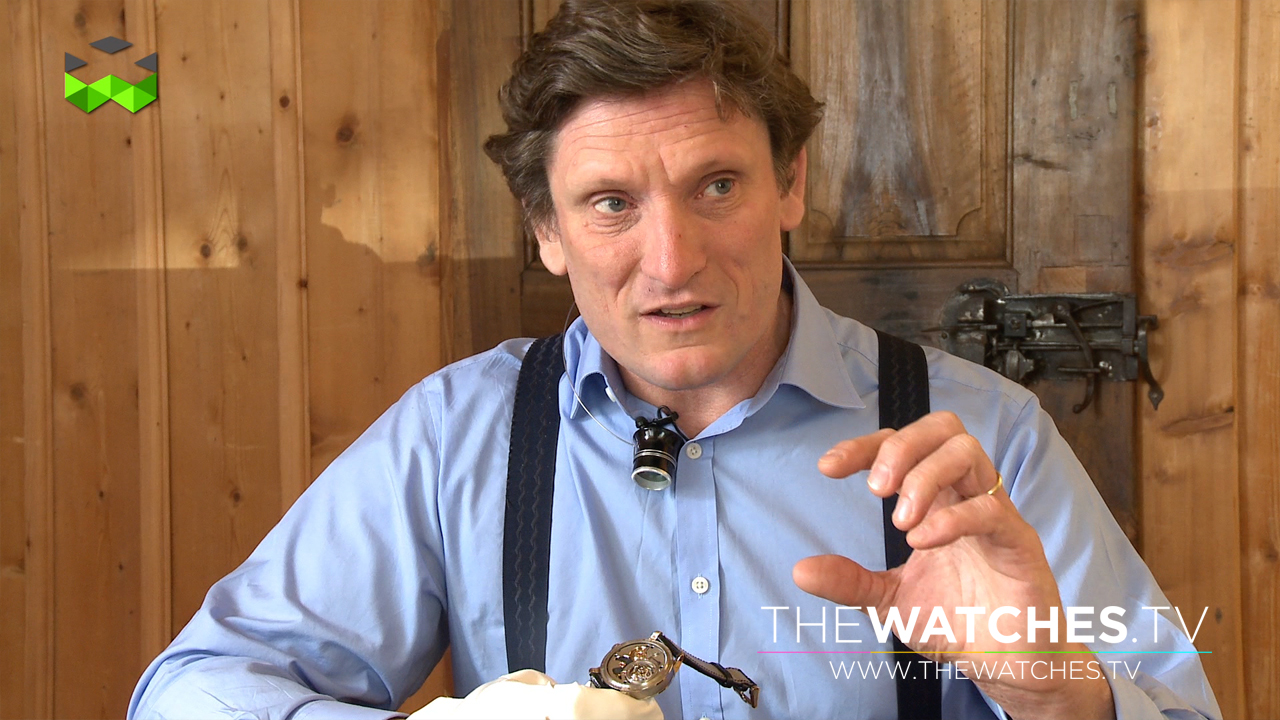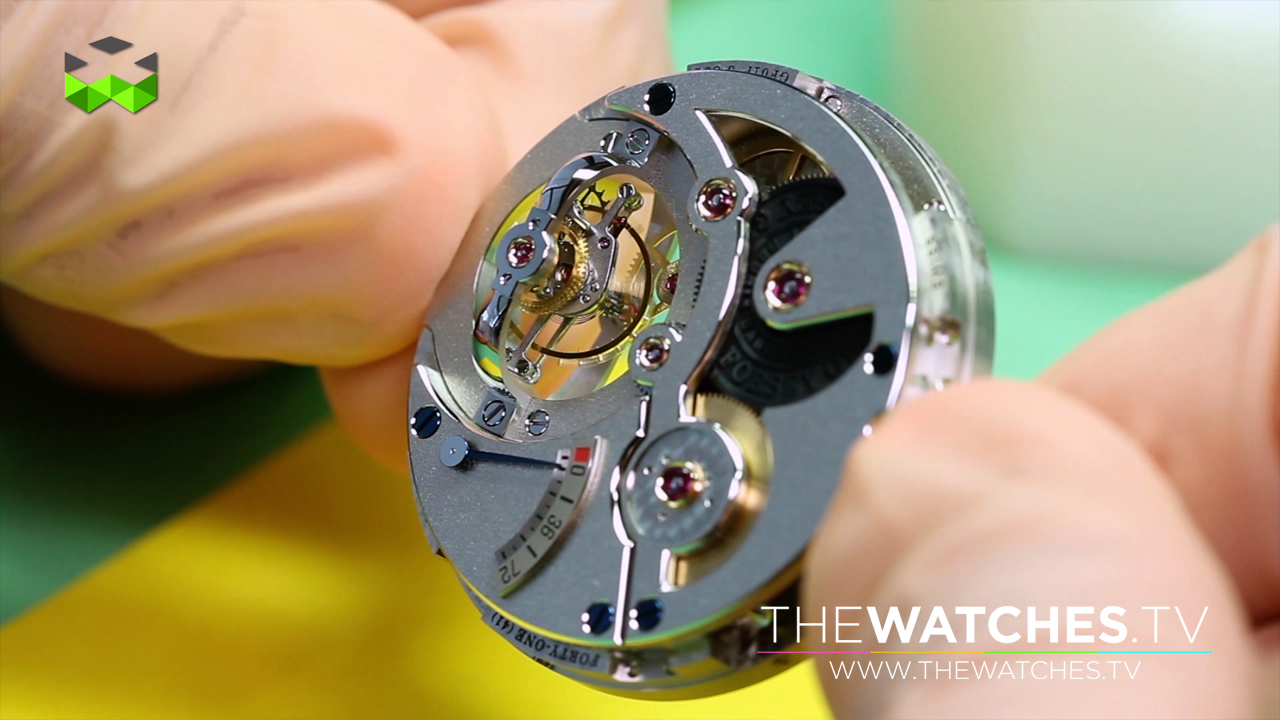The Greubel Forsey Tourbillon 24 Secondes Vision In-Depth
Never has Greubel Forsey introduced such a thin, pure, and restrained model as the Tourbillon 24 Secondes Vision. Robert Greubel, master watchmaker and co-founder of the brand, wanted in particular to create a very classic model. To succeed, Greubel and co-founding partner Steven Forsey entirely modified the design of their 24-second movement. The third “invention” of the brand originally introduced in 2007 and technically called T24Si integrates a tourbillon inclined at 25 degrees that makes one revolution in 24 seconds.
To make it fit into a case only 13.65 mm in height – a record for the brand – the tourbillon cage was shaped to fit into a “hole” that goes all the way through the movement. Creating this new shape also involved introducing arched bridges to secure the cage, components that were among the most difficult parts to polish. For this reason, the craftsmen were allowed to discreetly sign their individual components. This new positioning also involved integrating a sapphire dome on the case back to gain extra space. Many tests were made to ensure that the case would still be perfectly ergonomic and comfortable. Finally, Greubel Forsey is well renowned for the specific and complex details the brand introduces in each model. In the Tourbillon 24 Secondes Vision, these are particularly discreet – in fact, they are understatement incarnate. For instance, the gold dial has enamel indexes – each of which needs at least eight fills of the cavity with the liquid glass before the dial can be fired at 800 C° for the final time. This is also the first time that Greubel Forsey has created a dial that is so traditional. But the comparison to previous models stops here as some unexpected features make it as unusual as any other Greubel Forsey dial: did you notice, for instance, that the tourbillon cage is not precisely at the 9 o’clock mark, but slightly underneath the usual spot?






